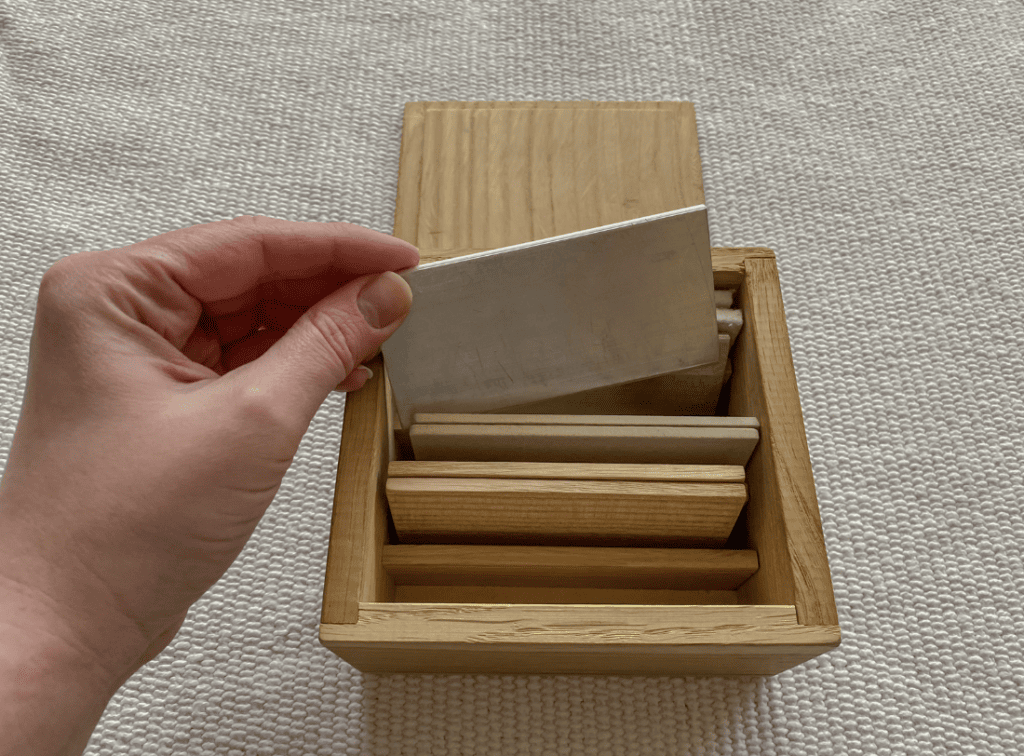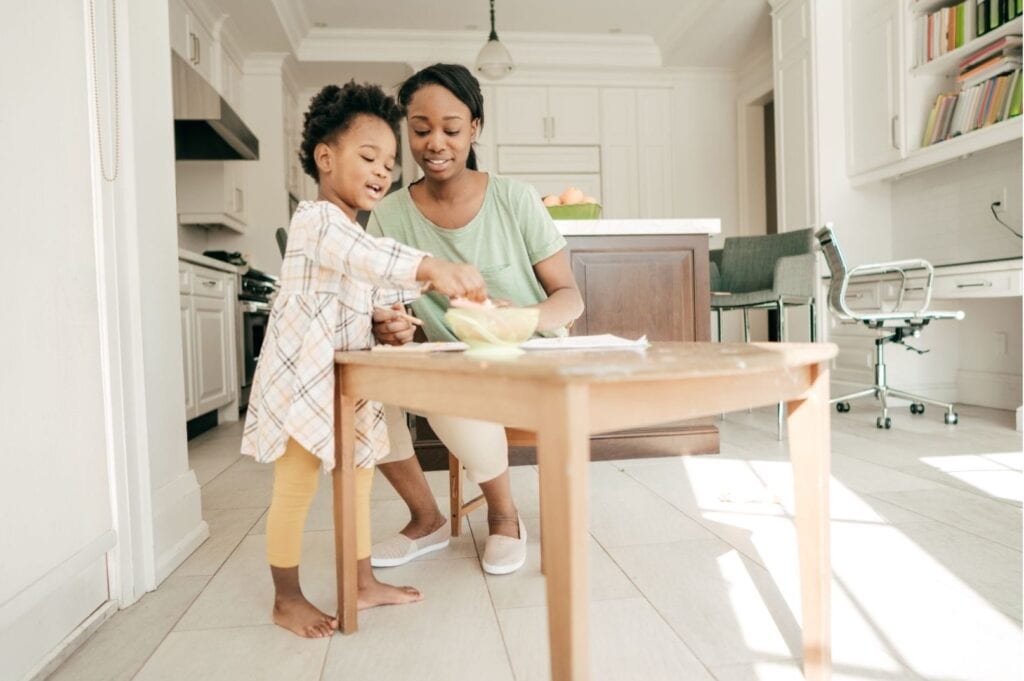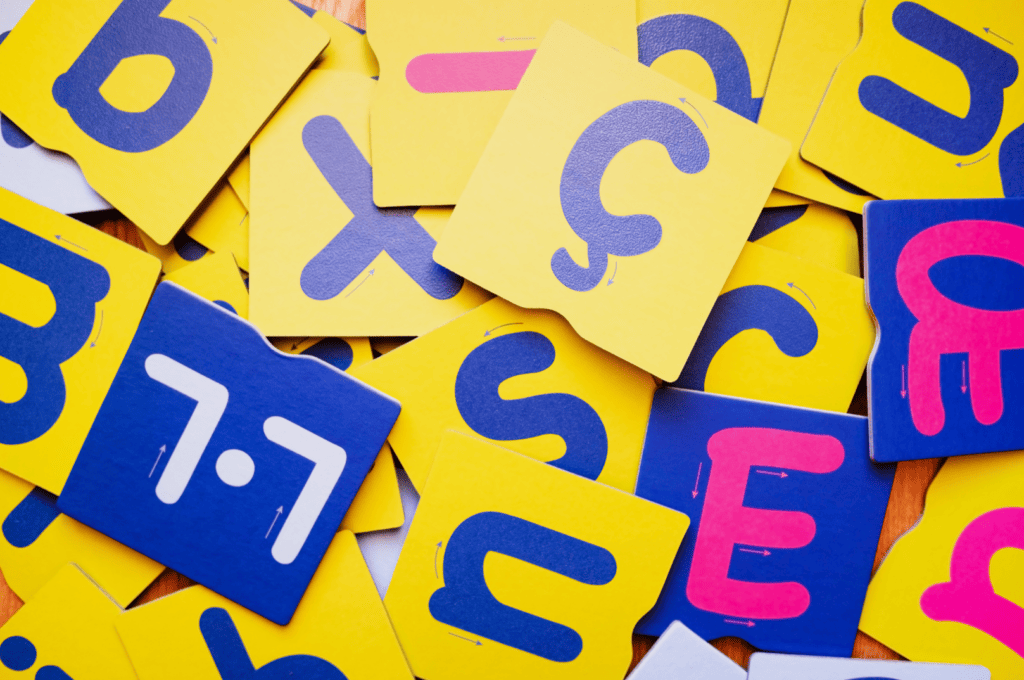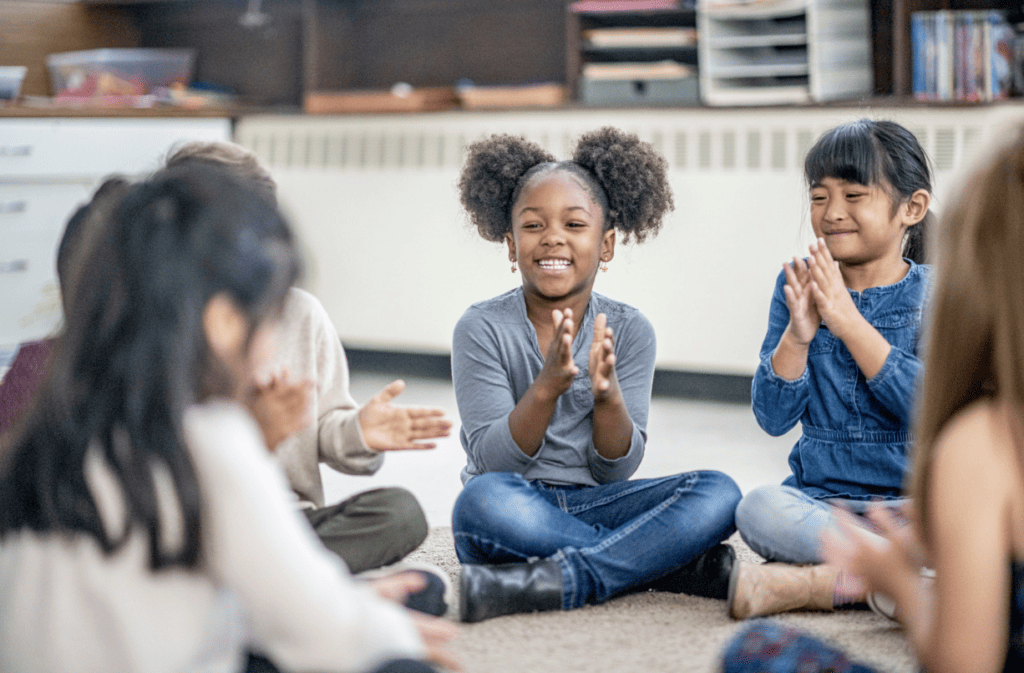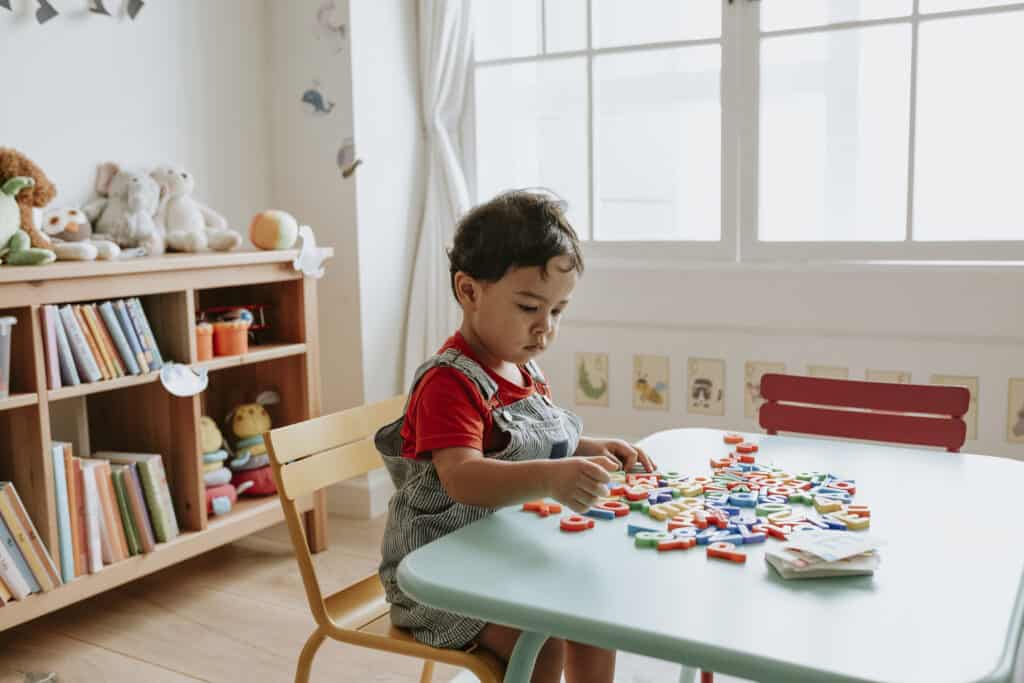
When the
The
As the title suggests, we’ll explore how each of these categories allows children to grow in a productive environment. In understanding how each of these categories brings a holistic learning approach for the child, we’ll discuss how to implement those teachings into a traditional classroom setting.
An Overview of Practical Life
In a
Additionally, it is typically one of the first stations a child visits when starting the day. As its name implies, Practical Life focuses on the tasks that are done each day, in and outside of the classroom. This station helps them to practice skills that may be more difficult for them while allowing them to move at their pace.
Because independence is one of the foundational goals for
It is important to note that each area has activities that are transient enough to decrease or increase the level of difficulty. This makes it easy to tailor the activities to what the child needs so that they are able to truly succeed. In each section below, we’ll discuss what happens in each section and how to implement it in a school setting. We’ll also briefly discuss how these practices can be applied to a home setting in a later section.
Care of Self
Especially in the formative stages of growth, it is vital for a child to learn how to take care of themselves. This ranges from learning how to brush their teeth to learning what food is good for their bodies. The Care of Self area in the Practical Life sections allows children to practice these skills in an orderly and repetitious manner.

Children naturally learn towards being independent in the tasks that they perform, so this is a great way for them to become better at gaining that independence. For example, there might be an activity that helps them to practice snapping together the buttons on a shirt. Not only does this facilitate an opportunity to practice coordination, but it also gears the child to be able to dress themselves. Another related activity would be tying the laces of a shoe. This is a great way to help them become independent because it is such a difficult task for so many kids.
This station also helps children to understand how to take care of bodily functions. Having a hand washing station to help a child learn about how to protect themselves from germs. A child may also be able to focus on learning how to blow their nose properly instead of using their fingers.
Learning about their physical health is also something that can be focused on in this area. A child might be able to practice how to use a knife properly (plastic, of course) to gain better dexterity. Being able to practice picking snacks that are healthy is also a great way to help them learn about their physical health.
The Care of Self section extends beyond them learning just about their physical health: it helps them learn about emotional health as well. By having a specific routine set up, a child is able to learn that they feel most comfortable and safe in a structured environment. Although this may not sound like it directly applies to emotional health, it does. When a child is feeling upset or out of control, they can fall back on the tasks they do in the Care of Self section. This triggers the same type of routine allowing them to feel a sense of calm and control.
Care of the Environment
The Care of the Environment station helps a child to learn respect for the world around them. These activities are usually multi-level and repetitious since these factors will help a young child to internalize the lessons that they are learning. The main goal in this area is to help a child learn the importance of order.
Having an activity where a child makes a mess and then cleans it up, helps them to recognize their responsibility in taking care of what is going around them. It also helps them to realize that learning is more easily accomplished in an environment that is clean.
Another way in which a child can practice Care of the Environment is by doing simple household chores. Tasks such as folding laundry and setting the table. Setting a table is a great way for a child to work on multi-level tasks. A child needs to wipe the table with a cloth to clean it before putting dishes on it. After cleaning it, they then take the dishes and place them in their needed places. After taking care of the dishes, the child will put them away in the correct places.
This may seem like a task that doesn’t really apply to taking care of their environment. However, it helps them learn that most tasks that they will have to do have a specific order. These tasks help the child by being more receptive to following the rules. They understand the consequences of breaking the rules.
There can also be tasks that help the child to better take care of their outside environment. Having them water flowers or seeds will help them to understand how other living things need care and attention. Another task could be having them pick up small pieces of trash from the ground letting enforcing the idea of having an orderly environment.
Grace and Courtesy
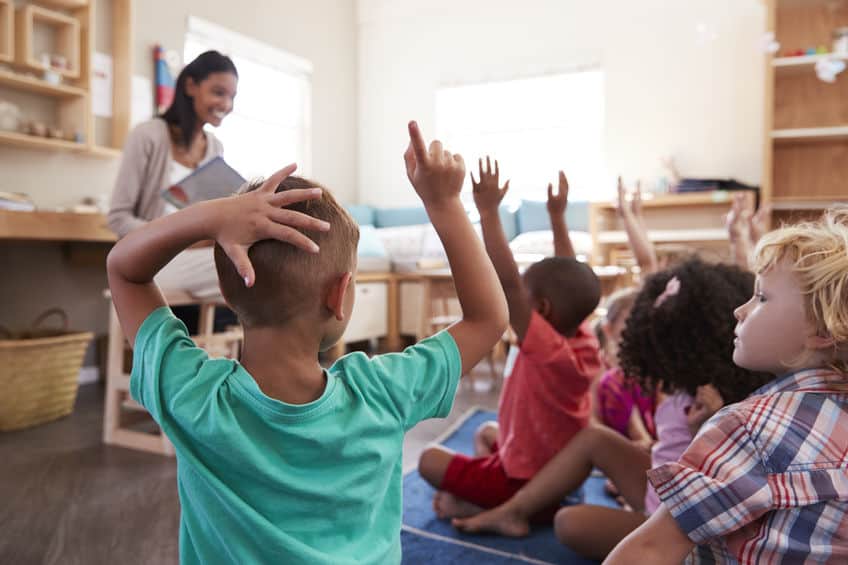
The Grace and Courtesy area allows children to blossom with their communication skills. Instead of using a reward/punishment system, this area focuses on boundaries and expectations. This helps children to show respect for themselves and others and to have a more positive experience in learning how to deal with consequences. It aims at helping children understand how others feel better in a way that isn’t degrading to them.
Because children have so much energy, it is important to have clear expectations and boundaries. Perhaps more importantly, those expectations and boundaries need to be enforced. By enforcing them, children will have a clear basis of how to function within the classroom. It also provides them with direction in handling situations where conflict might be present. This will help them to understand that respecting both are vital to their success in their relationships with those around them.
An activity that would help children to practice this would be sharing food or toys. They have to communicate with their classmates and listen to what they are saying. If a classmate says “no,” that child can practice accepting that response. It helps them to take a step back from their emotions and know that it is part of respecting another person’s boundaries.
This also extends to how they use the materials for the activities. On an online forum about
“The material is set up to be used in certain ways and children are re-directed or asked to put it away if they are not using it ‘correctly.’ For example, the pink cubes are meant to be used for grading from smallest to largest. If a child is building them and knocking them down, he is disrespecting the material (according to
SourceMontessori philosophy) and is asked to put them away.”
This shows how children have constant learning opportunities for respecting boundaries and expectations. This helps them to know where the line is for a variety of situations and to respond appropriately to them.
Control of Movement
The last area in the Practical Life section is Control of Movement. This focuses on the gross and fine motor skills that children need to develop. There is an emphasis on fine motor skills due to the complexity that some tasks require.
This is an area where there is an overlap between areas such as reading and writing. By allowing children to practice pouring water from a pitcher, it is helping them to improve their coordination, but it also helps to develop the pinching motion used when holding a pencil.
Picking small objects up in a variety of ways also helps to develop this skill. For example, a child might begin practicing their fine motor skills by simply picking up a bean with their fingers. From this point, it can progress to the child picking the bean up with a pair of tongs. It can then progress to using a pair of tweezers, which requires far more dexterity and coordination. The child is able to use this set of repetition to help them notice what muscles they need to move.
Or, practicing how to button a shirt (which overlaps with Care of Self) can prove useful as well. For younger children, it can start with using Velcro to understand the motion of opening a shirt. Once this has been mastered, the level of difficult can then be raised to snapping the buttons of a shirt together. Finally, it can progress to a child learning how to guide a button through the buttonhole of a shirt.
All of these tasks that are used in the Control of Movement section help the child to gain confidence in their abilities. This can be translated to life at home where they can take an active role in helping around the house, which helps them to be feel valued and validated.
Practical Life in a Home Setting
Obviously, it is much easier to implement the Practical Life section of
However, Practical Life can still be applied in a home setting. Having a strong structure is key to making it work. Creating a routine in which the activities will occur at the same time every day will also help the child to transition into a frame of mind to focus on schooling.
Having various activities that encompass all four areas will help the child apply the lessons that they learn to more situations. Applying it in simple and natural ways can be powerful as well. A mother commented on how she helps her son to be more independent:
“I would often like to just put my son in his carseat and leave (especially if we are in a hurry) but he likes to buckle up himself so I let him. It takes much longer to prepare a meal with his help but he loves to help so I let him.”
Source
By recognizing the ways in which a child wants to explore their independence is the biggest part. Allowing them to do so will help them to learn in a much more productive environment and become more confident in their abilities to do adult tasks.
Related: Is Montessori right for my child?


